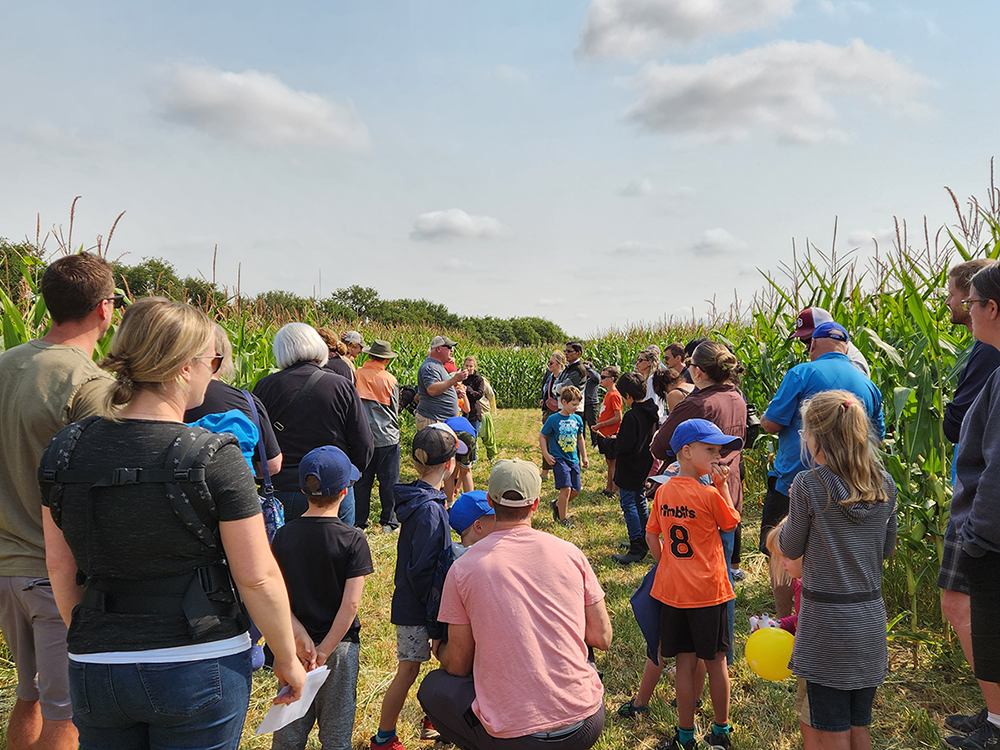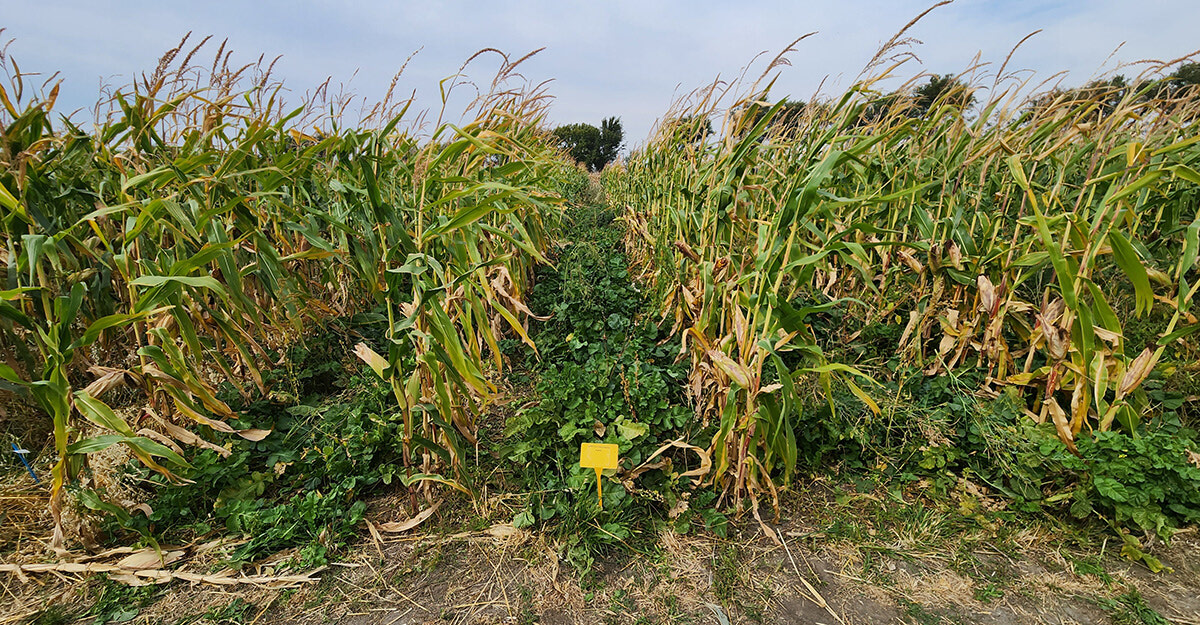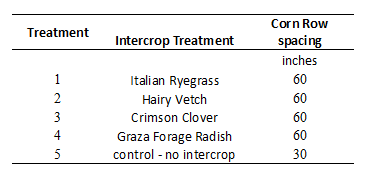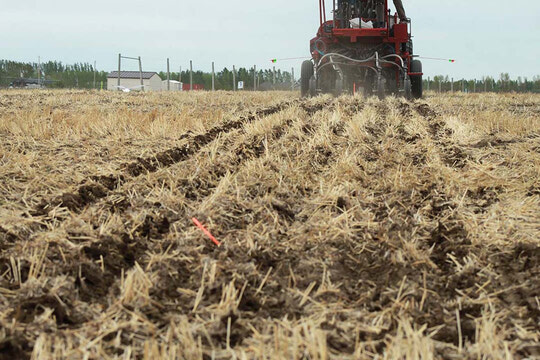Background
Extended grazing is a key component of many beef operations and corn grazing in late fall/early winter has been increasingly used in cow-calf operations in Western Canada. Benefits of corn compared to perennial forages, include increased yield, energy content, and increased average daily gain for late fall/early winter grazing of pregnant cows. However, pure stands of corn are low in dietary crude protein thus unsuitable for grazing of other classes of cattle with higher nutrient requirements.
This project investigates the intercropping management options to increase protein values by growing corn, with its high agronomic yields per hectare with annual and perennial legumes and grasses. Additionally, under extreme cold conditions, higher protein supplied by the intercrop and energy supplied by the corn and intercrop would also be beneficial for bred cows to reduce weight loss when under thermal negative conditions. Providing a balanced plane of nutrition both in terms of energy and protein will improve overall rumen efficiency and nutrient utilization as rumen microbes require sufficient energy to be able to utilize dietary protein for maintenance and growth.
The project will evaluate agronomic management practices in small plots for intercropped corn (protein forage species, fertility, corn row spacing, timing of seeding of intercrop). Based on the small plot results, three of the most promising treatments will be assessed in a grazing trial using backgrounded cattle or replacement heifers. Small plot trials will be established at six locations across Manitoba, Alberta and Saskatchewan. Economic assessment of pure and intercropped corn will also be conducted to determine the profitability potential for late fall/early winter feeding of beef cattle and their potential to increase the competitiveness of beef producers in Western Canada.
|
Project Details
|
| Timeline |
2020-2024 |
| Principal Investigator: |
Dr. Yvonne Lawley & Dr. Emma McGeough |
| Project Contact: |
Mike Gretzinger |
| Funded By: |
Beef Cattle Research Council (BCRC)
|
|




